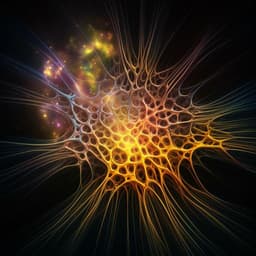
Medicine and Health
Infrared neural stimulation and inhibition using an implantable silicon photonic microdevice
Á. C. Horváth, S. Borbély, et al.
This groundbreaking study by Ágoston Csaba Horváth and colleagues presents a revolutionary multimodal photonic neural probe that not only controls temperature in deep brain tissue but also records the electrical responses of neurons. The innovative approach demonstrated the ability to enhance or suppress neuronal firing using infrared light—an advanced step in understanding thermally induced neural responses.
Playback language: English
Related Publications
Explore these studies to deepen your understanding of the subject.







